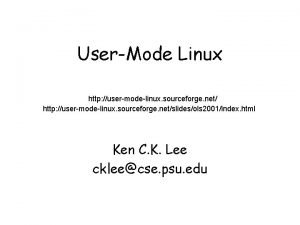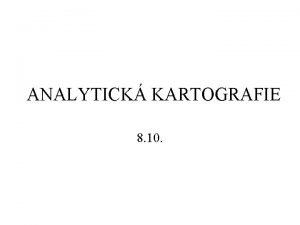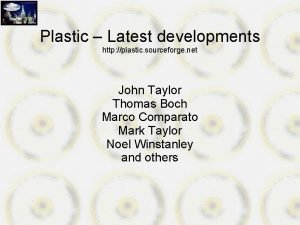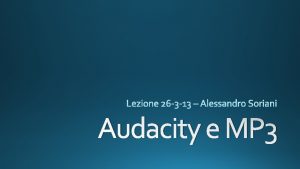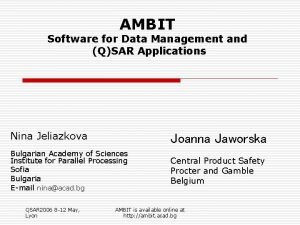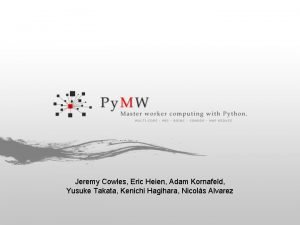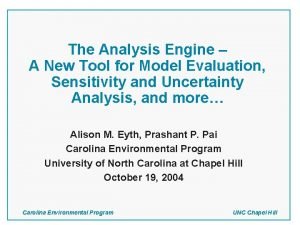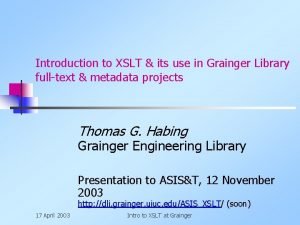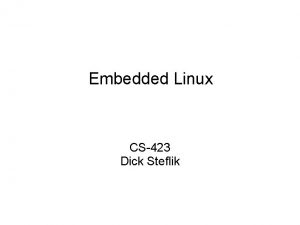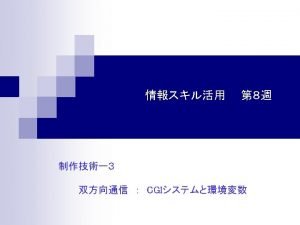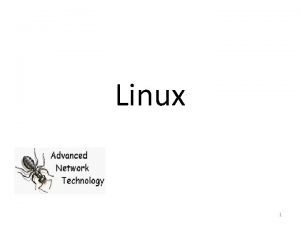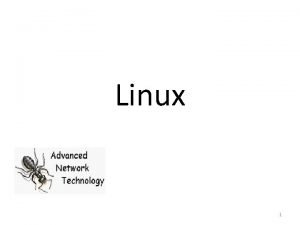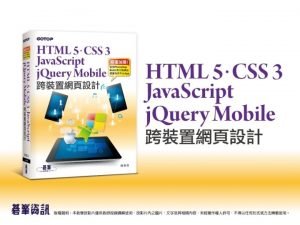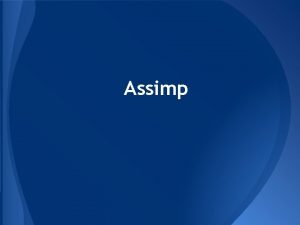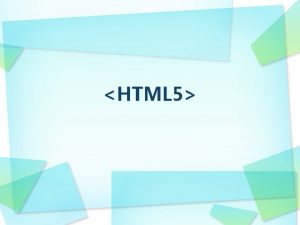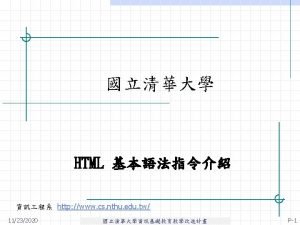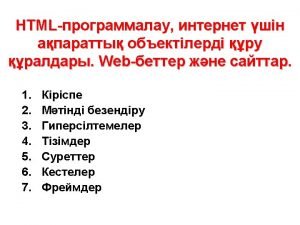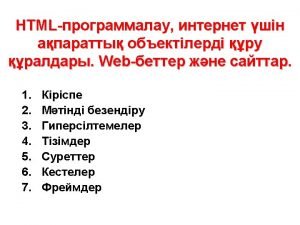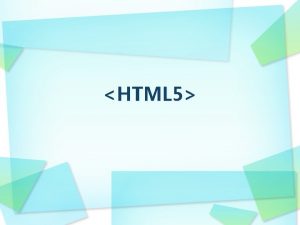UserMode Linux http usermodelinux sourceforge netslidesols 2001index html















- Slides: 15

User-Mode Linux http: //user-mode-linux. sourceforge. net/slides/ols 2001/index. html Ken C. K. Lee cklee@cse. psu. edu

User-Mode Linux • What is User-Model Linux? – Ported to run itself as a set of Linux (nonroot user) process on itself. – Short form as UML – UML started by Jeff Dike since Feb 1999 – Use simulated hardware i. e. , services provided by host kernel. – Run (nearly) all applications and services available on the host architecture.

User-Mode Linux – Provides a self-contained environment: • Identical as hosting Linux kernel, • Processes have no access to host resources that were not explicitly provided – Layer diagram:

User-Mode Linux • All UML devices are virtual; constructed from the abstractions provided by the host kernel. • The UML devices: – Consoles and serial lines • Main console, virtual console and serial lines. – Block devices • Access to anything on the host which can be mounted, e. g. CDROM, disk partition – Network devices • Network access between UML to host OS/UML and between UML to host in outside network.

User-Mode Linux • Focus of the presentation: – Applications – Design and Implementation – Some mentioned future works

User-Mode Linux Applications • Kernel debugging – on top of software OS, not on separate test machine. – standard suite of process debugging tools such as gdb, gcov and gprof can be utilized. • Prototyping – Realizing virtual network with a single physical network. – Testing software configuration.

User-Mode Linux Applications • Isolation – separating users/applications of virtual machines from each other and from the host. – purposes: • Against possibly hostile/untrusted processes, • performance control - allocation of resources (e. g. CPU, memory, disk space), avoidance of race • Multiple environments – Especially for Linux applications, some incompatibility problems may exists and need to test. • A Linux environment for other operating systems – Many Linux applications are free and open-source. With UML, those applications can run upon other hosting OS like MS Windows.

User-Mode Linux Design and Implementation • • • Kernel mode and user mode System call virtualization Traps and faults Context switching Virtual memory emulation Host filesystem access

User-Mode Linux Design and Implementation • Kernel mode and user mode – Hardware platforms a built-in mechanism for switching between priviledged kernel mode and unpriviledged user mode, but Linux does not. – UML constructs it using ptrace system call tracing mechanism. • When a process in user space, its system called are intercepted by ptrace. When it is in the kernel, no interception. • When a process executes a system call or receives signal, the tracing thread forces the process to run in the kernel. • After the transition, the process state is restored and it continues.

User-Mode Linux Design and Implementation • System call virtualization – – By switching the user and kernel and system calls interception Note: the system call must be annulled in the host kernel. The process state is preserved. When the system call is complete, the process obtains the returned value in its saved registers and returned to user mode.

User-Mode Linux Design and Implementation • Traps and faults – A processor trap is the other mechanism which can cause a process to enter the kernel – On UML, these are implemented with Linux signals. – UML sets up its own handlers for all important signals, so when the process continues into one of these handlers, that implement the kernel’s interpretation of the signal. – Interrupts: • Device interrupts - implemented with SIGIO. • Timer interruptes - implemented using Linux timers • Memory faults – implemented with SIGSEGV

User-Mode Linux Design and Implementation • Context switching – Stopping the outgoing process and continuing the incoming one. – Rather than only one address space multiplexed among all processes. each of its processes upon UML has own address space speed up the context switch. – Pages of an outgoing process are unmaped before pages of an incoming process are mapped.

User-Mode Linux Design and Implementation • Virtual memory emulation – Virtual machine’s physical memory area • A physical memory sized file • Mapping the sized file as a block into address space – Kernel and process virtual memory by • Mapping individual pages in file into virtual address spaces. • Temporary File

User-Mode Linux Design and Implementation • Host filesystem access – Local virtual filessystem, hostfs – Implemented with VFS interface in terms of file access calls on the host. – VFS operation translate into equivalent libc calls on the host.

User-Mode Linux Future Works • SMP (Symmetric Multiprocessing) – This can be done by starting one idle thread per processor and then let them schedule normally • Hostfs extensions – Other than files, hostfs can mount various/remote filesystems • Performance – Bottleneck: context switches and memory mapping • Ports – Architecture ports – ptrace limiting porting on Linux/i 386 – Operation system ports – based on Linux system calls • UML as a development platform – As a support of applications, e. g. , • Memory management system for languages objects • Scheduler for task, not process
